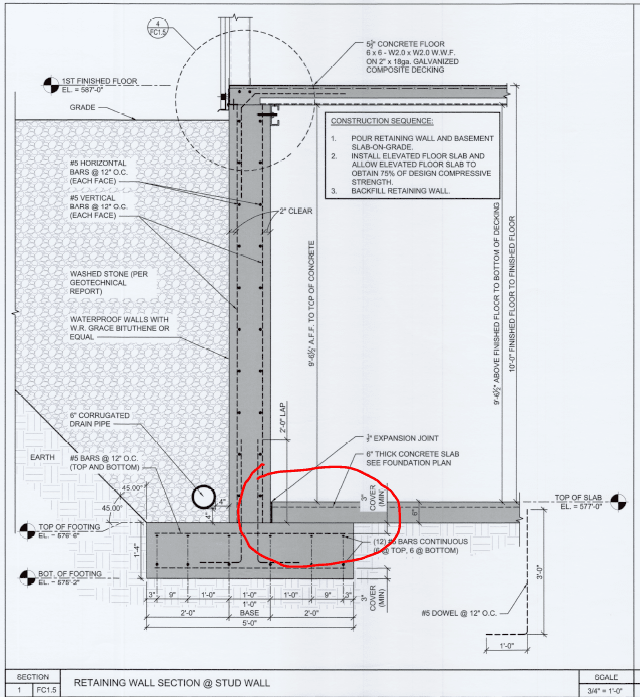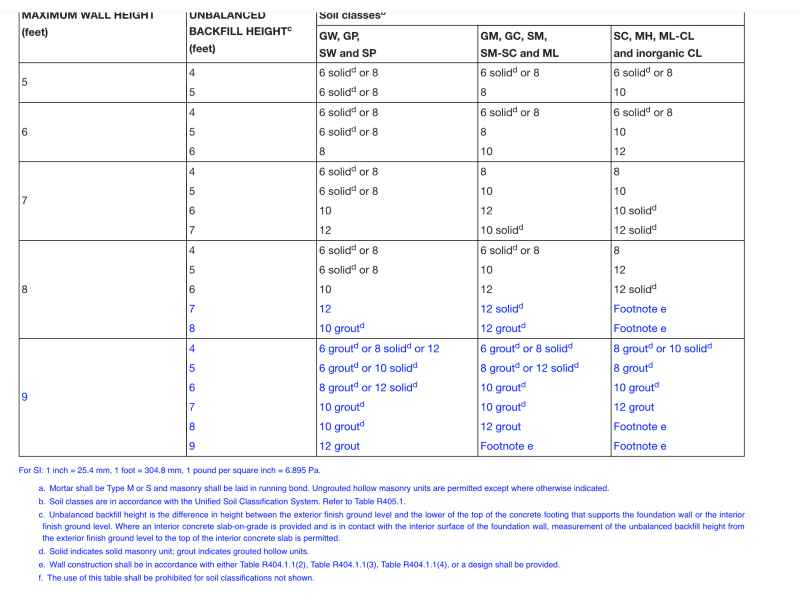CLTEng
Structural
- Aug 10, 2020
- 3
I am designing for a restrained basement retaining wall with an isolated basement slab on grade and am having difficulty designing for the sliding with the 1.5 factor of safety code requirement. My understanding of the typical detailing(attached)this company uses is that the slab on grade would eliminate the sliding concern but I am having trouble rationalizing this due to the 1/2" expansion joint that is installed between the slab on grade and the retaining wall.
Does anyone have any insight on this?

Does anyone have any insight on this?


